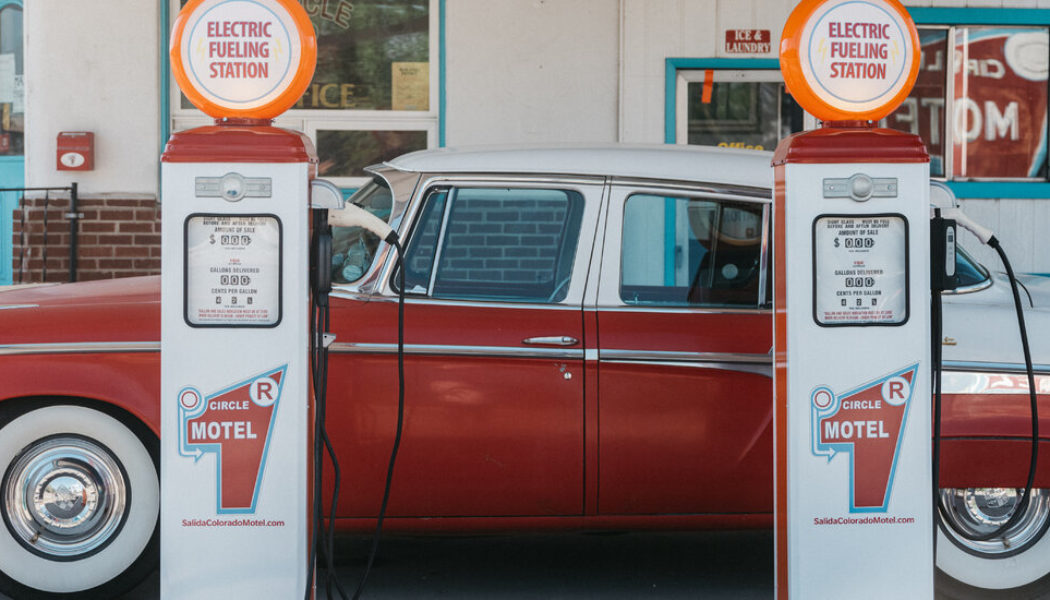The warnings about electric vehicles abound: Dealers don’t want to invest in vehicles no one wants, the electric bits are too expensive to buy and maintain, and finding a place to charge these vehicles is a nightmare while finding a plug is a scavenger hunt.
But executives taking part at the Reuters Car of the Future 2021 auto conference shot down many of these beliefs that remain widely held by many members of the public. Yes, there is still a lot of work to do to usher in the electric highway of tomorrow, but many of the perceived pratfalls of EVs are more myth than reality, these automotive execs told moderator Ed Loh, MotorTrend Group‘s head of editorial.
Take consumer demand. In key regions, EV sales continue to soar. In Europe, about 25 percent of the market will be electrified this year and many of the new vehicles hitting this market rest on dedicated platforms designed for battery electric power at the outset. As such, these vehicles have no compromises, Fabrice Cambolive, senior vice president of Renault brand sales and operations, said.
There are nearly 3.2 million EVs in Europe, about 31 percent of the world’s total stock of 10.2 million electric vehicles, according to International Energy Agency data. This compares with about 17 percent for the United States. The big market is China, which accounts for 44 percent of all the EVs in the world (or more than 4.5 million).
China has seen a fivefold increase in EV sales in the past two years, Brian Gu, Xpeng Motors vice chairman and president, said. Yes, the government is pushing sales, but consumers are welcoming the transition. EVs are no longer seen as niche offerings and consumers are not concerned about range, given the many charging places in the country. The government has played a role in creating an infrastructure of only supercharging (no slow charging), and China is possibly the only country to have a standard system that works with every vehicle.
Government Role in EV Charging Network
The U.S. needs a strong charging infrastructure within the next three to four years, Henrik Fisker, chief executive officer of Fisker, said. In theory, the government can help ensure a quality network, one that will charge any vehicle. Maybe every gas station needs to offer charge plugs and every vehicle be mandated to have data showing all available outlets.
It is also a matter of education and perception, Fisker said. People no longer think of EVs as slow golf carts. The next hurdle is convincing consumers that it’s not difficult to charge EVs. For the 80 percent who ultimately charge their EV at home, owning an electric car comes with a fantastic sense of freedom, as there’s almost no need to ever stop anywhere to keep their vehicle running.
ln terms of public chargers, there are more plugs than people are aware of. People think only Tesla has chargers. Most people without a battery electric vehicle don’t notice where chargers are so they think there aren’t many, Darren Palmer, Ford general manager of electric vehicles, said. The reality is there are innocuous public chargers all over.
I Can’t Afford an EV
The other perception is electric vehicles are more expensive. Blame the fact that EVs were expensive, and the few affordable options were neither fun to drive nor look at, Fisker said. This is also changing, as a number of affordable EVs are just around the corner, including the F-150 Lightning pickup, which stickers for less than $42,000. Fisker thinks the price of EVs will reach parity with gas- and diesel-powered vehicles in a few years.
Some argue prices will spike when EV subsidies end, but the experience in China shows otherwise. Subsidy levels have dropped substantially, they are almost a quarter of the level of two years ago, but demand did not drop, Gu said. He argues high subsidies tend to promote low-end vehicles, fewer subsidies push carmakers to develop better-designed vehicles to continue to attract buyers. Fisker favors capping subsidies at $50,000 or $60,000 dollars, arguing that subsidies are not needed on $100,000 cars.
EV Repair Costs
Many fear the repair and replacement costs of EVs, which they think balloon in comparison to those of gas- or diesel-powered vehicles. Not so, Cambolive said. An electric Renault likely will have a longer lifecycle than one with a combustion engine. With fewer moving parts, the mechanics are simpler, and vehicle longevity is tied to the lifecycle of the battery. He anticipates vehicles capable of hitting 1 million kilometers (621,000 miles). Ford’s F-150 Lightning was designed so suitcase-sized portions of the battery can be removed, making it easier and less expensive to repair.
EVs are also among the most exciting vehicles to drive. Most people who’ve driven a BEV never go back, Ford’s Palmer said.
Fisker thinks the tipping point for EVs will be before 2030 in all major regions. Every country wants to get there quickly, he said. No one wants to continue to spend money on combustion engine technology and consumer culture will, in turn, follow.







![Cardi B & Raven Symoné Officiate Same Sex Wedding In California [Video]](https://www.wazupnaija.com/wp-content/uploads/2021/10/cardi-b-raven-symone-officiate-same-sex-wedding-in-california-video-327x219.jpg)


